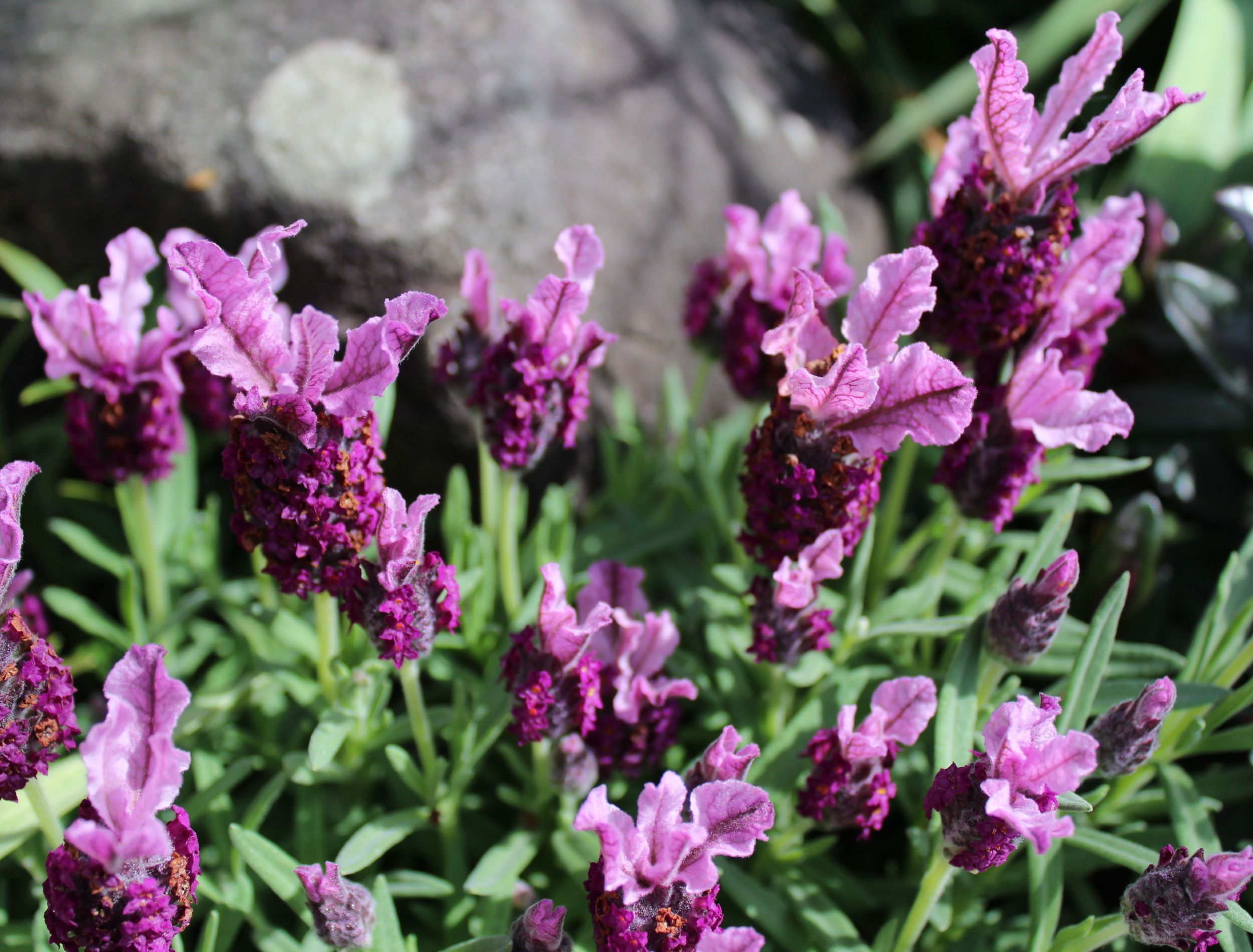
Growing Spanish Lavender Two Ways
December 4, 2023 Sign up for daily gardening advice and tips Lovely lavender adds aroma and soft beauty to the garden and also has culinary and medicinal uses. Best seeded indoors (in late winter), lavender is planted outdoors in early spring. Learn how to plant, keep lavender plants in shape, propagate, and harvest/dry the flowers.
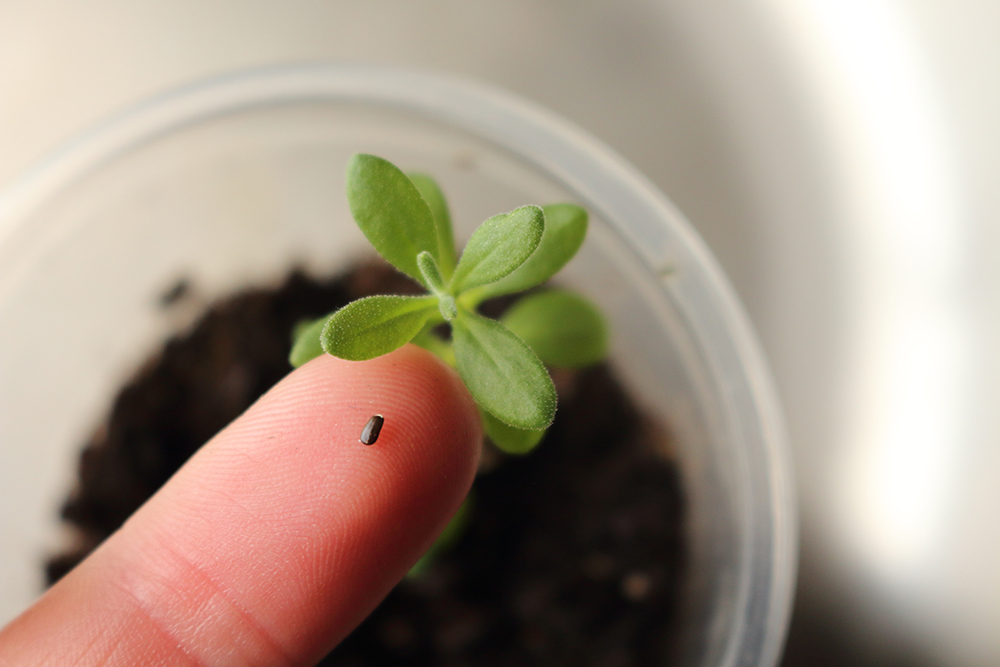
21+ Lavender Plants From Seed GuileGurpeet
Lavender Overview Where to Plant Lavender When planting lavender, take your cues from the sun-drenched lavender fields in Provence and plant it in the sunniest spot possible, with excellent drainage. Lavender can put up with drought, heat, and wind but it does not do well in soggy soil.
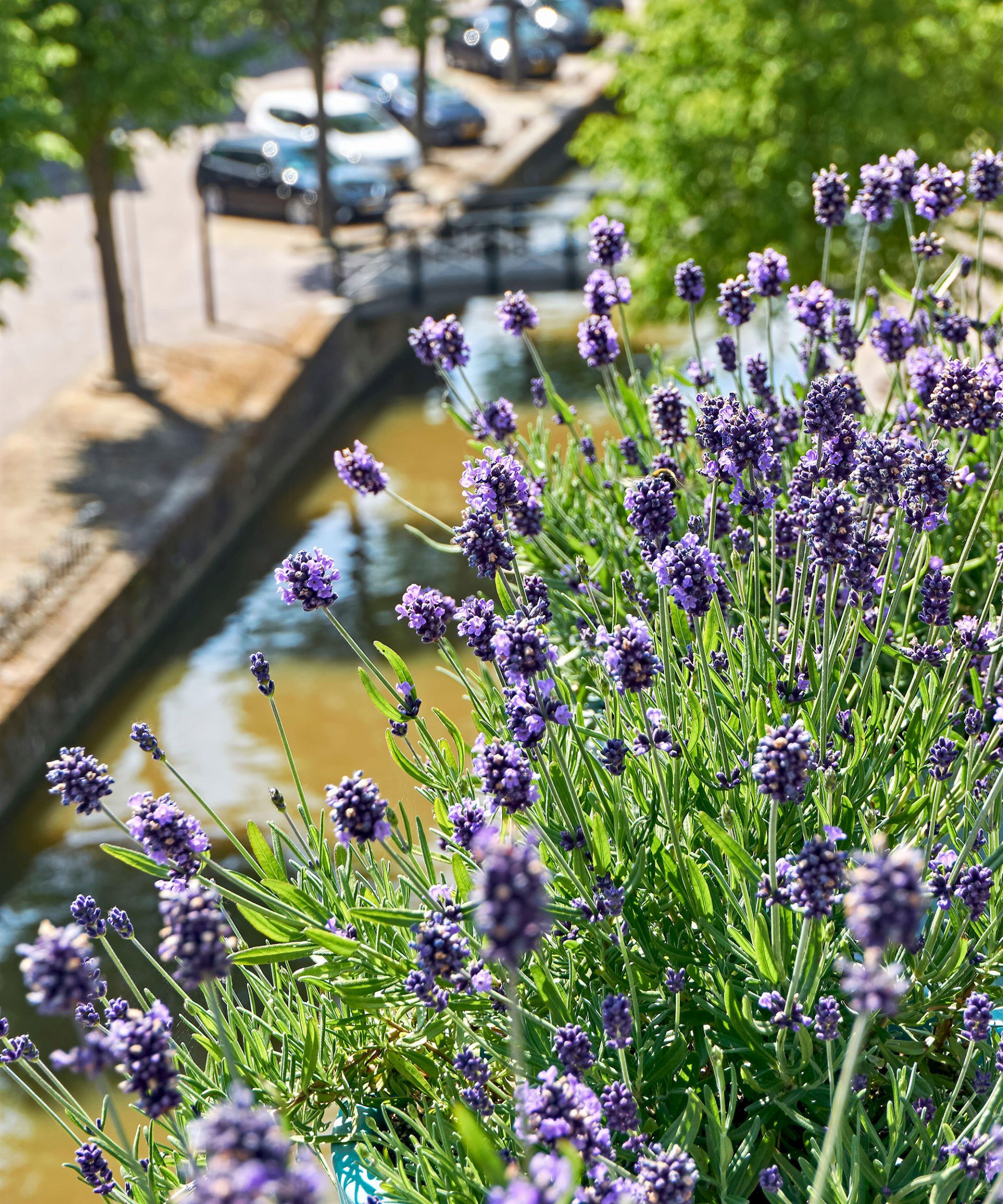
Balcony plants 23 picks for pocketsized growing spaces
In general, there are three main types of lavender seeds you can grow: English, Spanish, or French. But these days, there are also some great hybrids to choose from. A few of my favorites are Hidcote dwarf, Munstead, and Provence blue. Don't worry, the instructions below will work no matter which type you choose. Related Post:
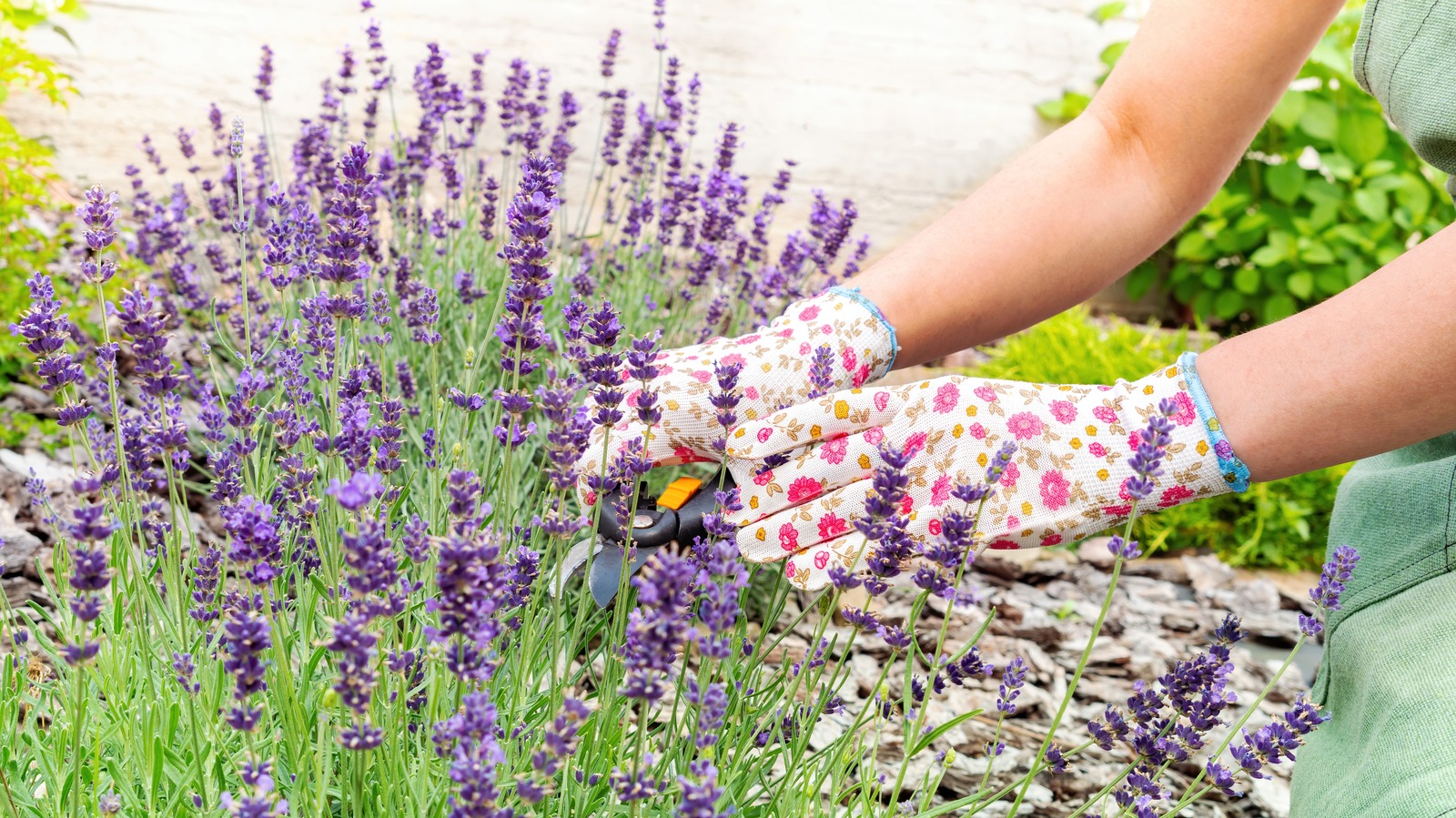
The Beautiful Flowering Plant You Should Grow Near Lavender In Your Garden
Fill seed starting trays or cell flats with a well-drained seed starter mix. Be sure not to overly tamper down or press the medium into the cells so it maintains plenty of drainage. Sow Seeds Shallowly. It is recommended to sow 1-2 lavender seeds in one cell. Lavender seeds absolutely need light to germinate.

Growing Spanish Lavender Two Ways
Plant the seeds at a depth that accommodates their size, covering them lightly with soil. Moisture is crucial during this stage, but take care not to overwater, as excessive dampness can impede germination. Placing the pots in a warm location with ample sunlight exposure, such as a south-facing window, aids in kickstarting the germination process.

Growing Lavender From Seeds
Seedling Care. Photo by Krystal Slaughter. Once the seedlings have been pulled from the bag, simply poke a pencil into a pot of moistened dirt, place the seedling in the hole, and pinch/back fill the soil halfway up the stem of the plant. There is no need to water if the soil is well watered before transplanting.

Lavender Companion Plants What To Grow Together?
Grow lavender from seed with our helpful growing guide. This fragrant perennial herb takes patience to get started but will grow for years and has many beneficial uses.
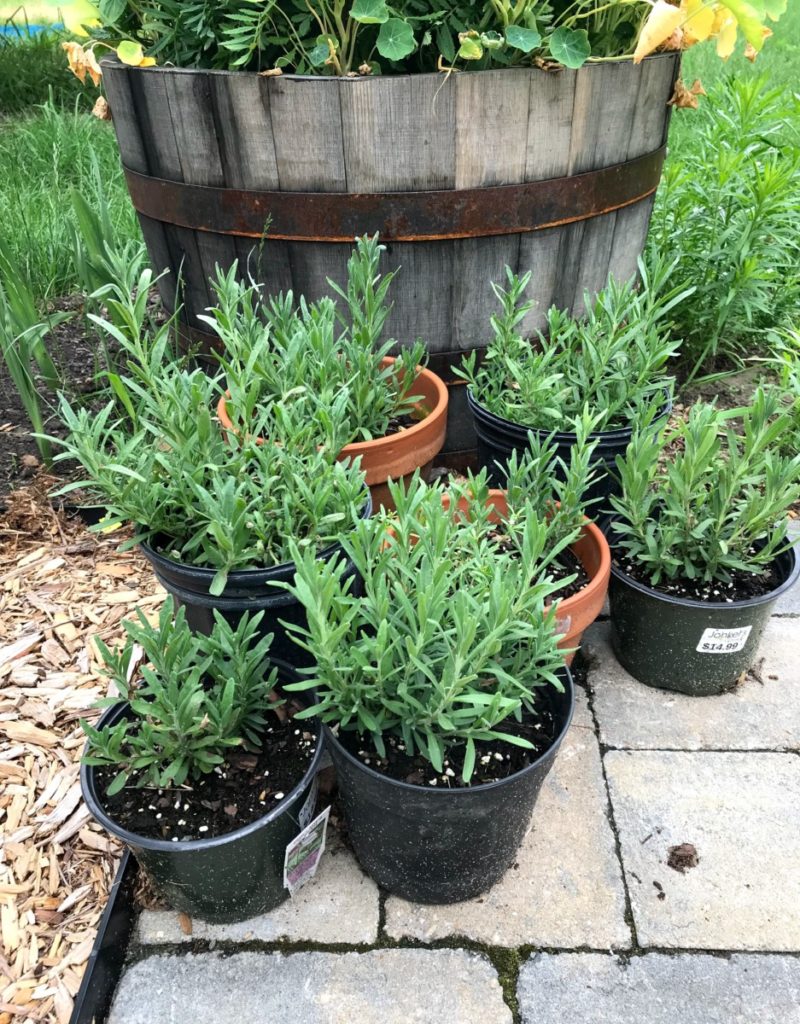
How To Grow Lavender From Seed Or Cuttings The Total Guide (2022)
Seed starting indoors: Start lavender indoors 4 weeks before the last frost in spring. Refrigerate the seed for 4 to 6 weeks before sowing. Sow seed in flats in full sun or under fluorescent lights. Seeds will germinate in 14 to 21 days. Transplanting to the garden: Transplant lavender outdoors in mid to late spring.

Growing Lavender From Seeds
Lavender is a plant that conjures dramatic images of huge fields in bloom, somewhere in the south of France (like Provence, known for its lavender). The size of the sprawling field might make seeding lavender seem easy, but growing lavender from seeds requires care and patience, even for experienced gardeners.
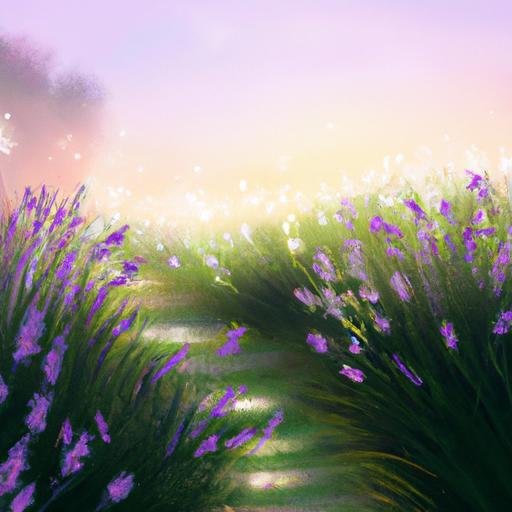
Does Lavender Like Acidic Soil? (Uncover The Answer Here) Flower Pursuits
Lavender is notoriously tricky to start from seed. Plants can take three months or longer to germinate, and young seedlings often need to be brought indoors for the first winter. For this reason, most gardeners purchase small starter plants instead. However, those with patience can successfully grow lavender from seed.
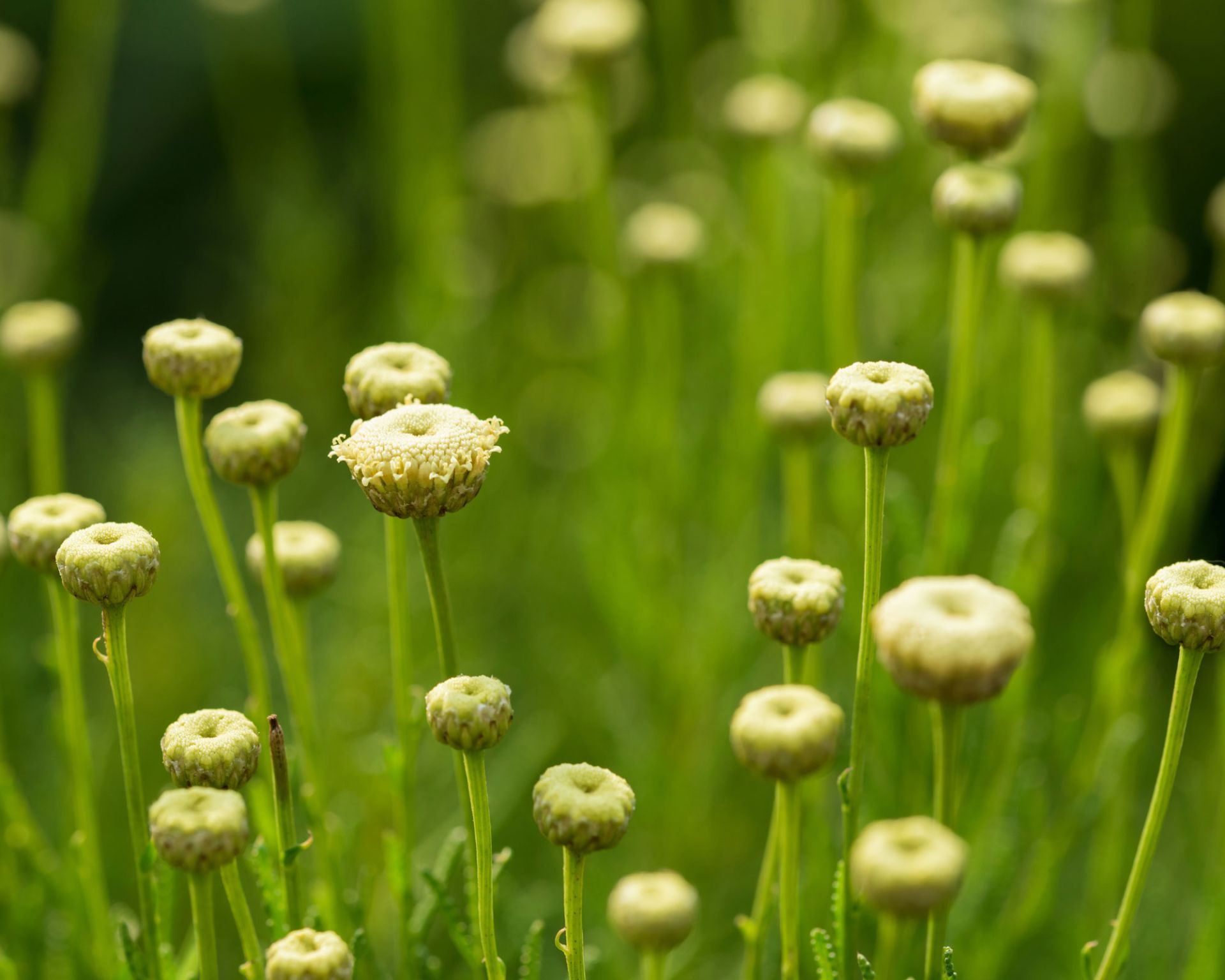
Mediterranean plants the 10 best to grow in your backyard
Remove the cover once the lavender seeds germinate, but keep the seedlings under the grow lights . It may take two to four weeks for lavender seeds to germinate, but eventually you'll see little seedlings. Water gently as needed to avoid washing out the seedlings. Carol J. Michel for Family Handyman. Step 5.
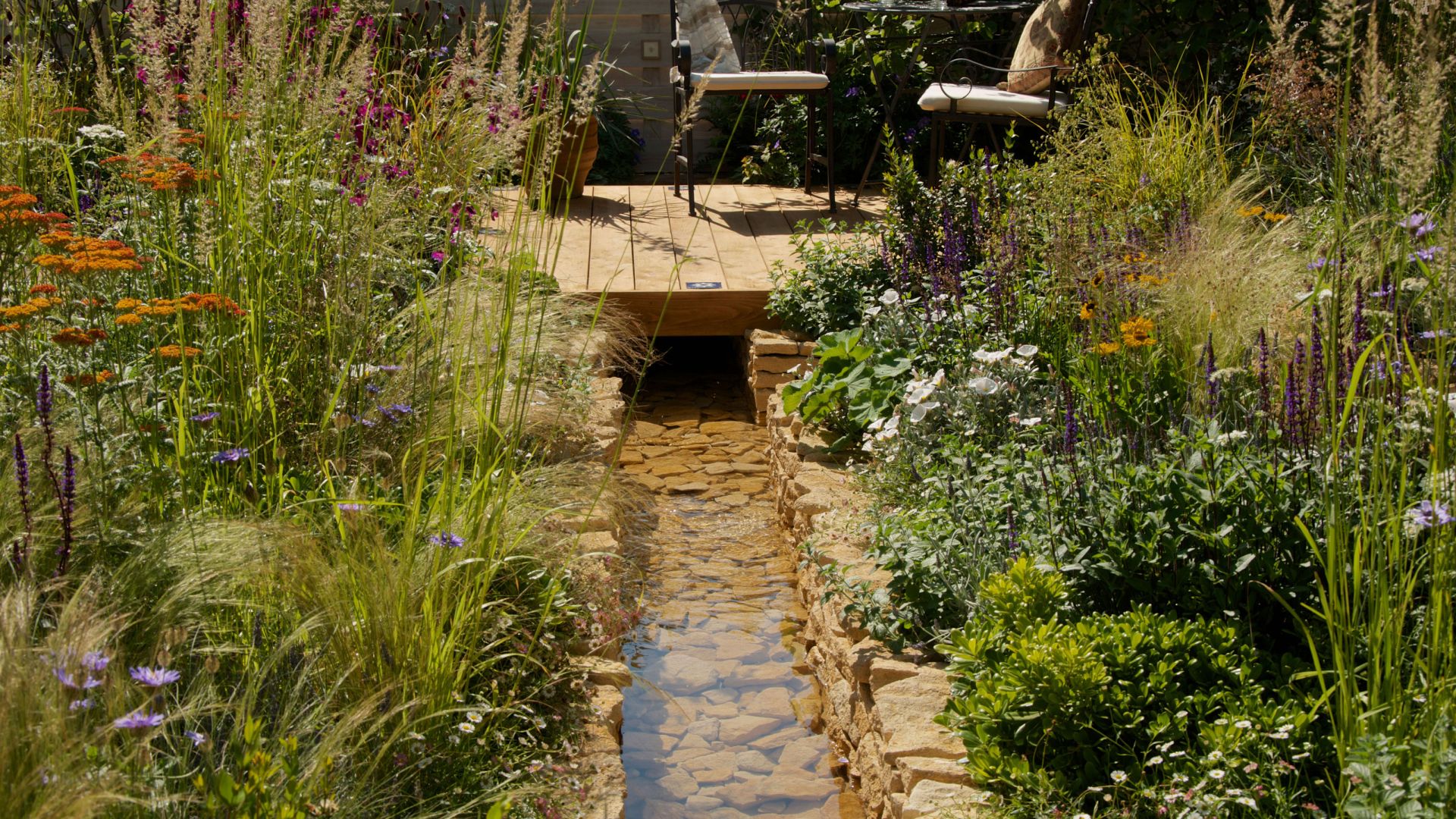
Mediterranean plants the 10 best to grow in your backyard
Sprinkle the lavender seeds on top of the soil, and cover it with a thin layer of soil or vermiculite. Do not bury the seeds deep - lavender seeds need light to germinate. Water by misting the seeds gently using a spray bottle. Cover the pot or seed tray with plastic to help retain soil moisture.

Growing Lavender From Seeds
4. Sow seeds. Position your seeds approximately 1 inch apart and 1/8 in deep. They barely need to be covered, and if planted too deep, they may struggle to germinate. 5. Heat your seed tray. For the best results, place your lavender seedlings under a grow light and/or on a plant heating mat.
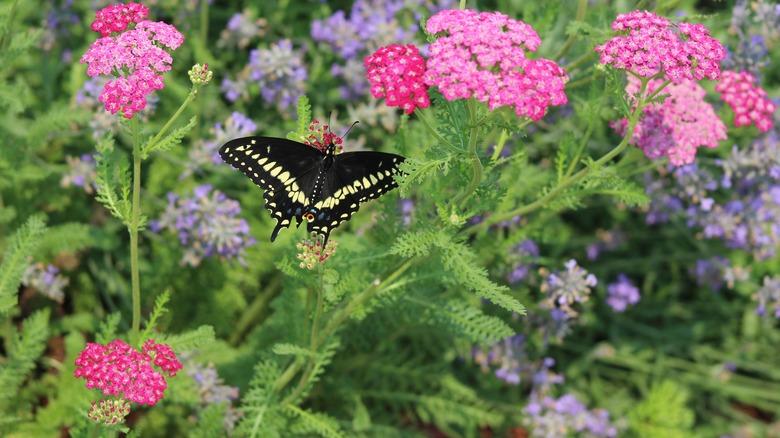
The Beautiful Flowering Plant You Should Grow Near Lavender In Your Garden
Lavender ( Lavendula spp.) is a well-known and fragrant perennial plant that will come back every year with gray-green foliage, upright flower spikes, and a compact shrub form. Planting lavender is best in the spring after the risk of frost has passed and the soil has warmed up.
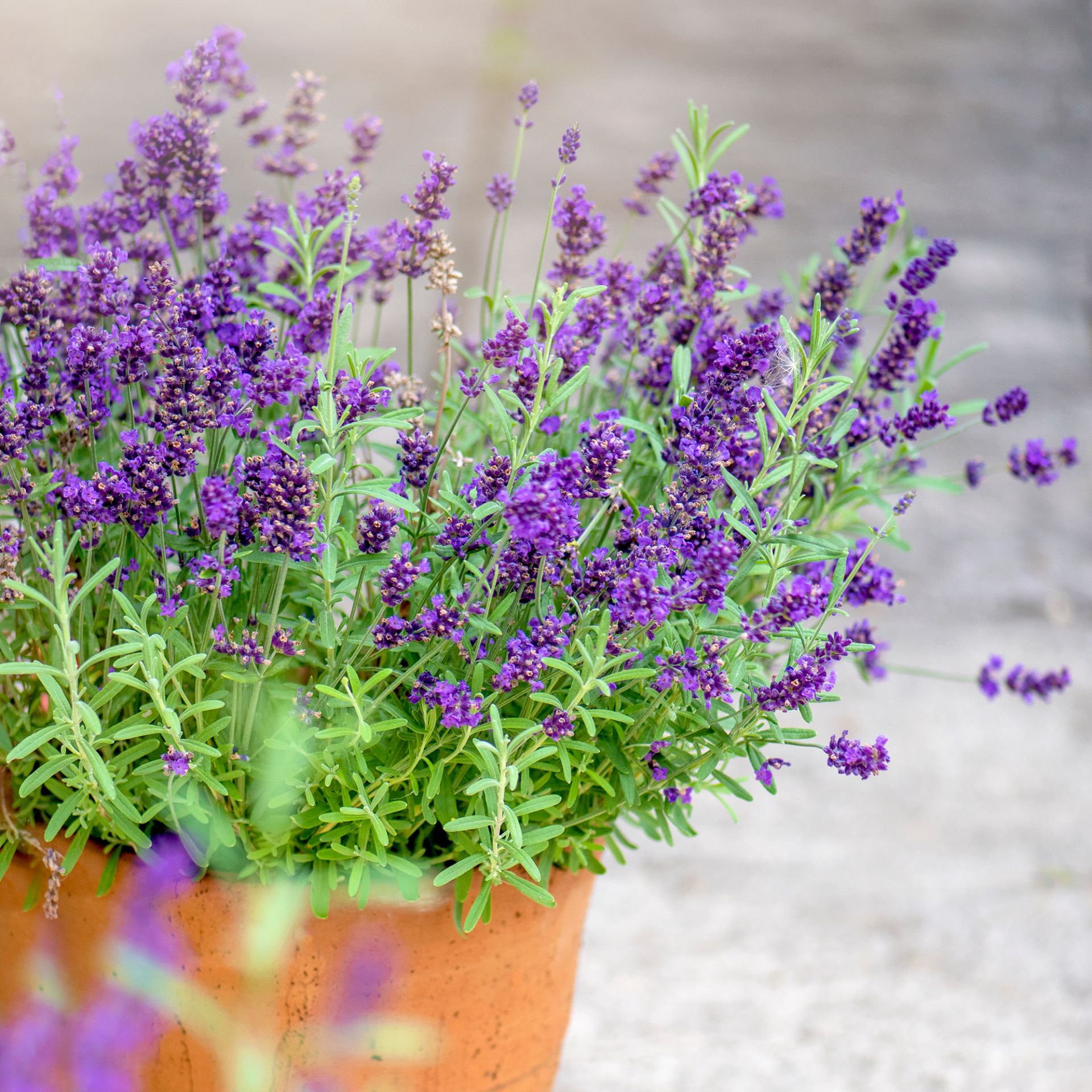
How to grow lavender from seed yes, dried seed heads count!
Method 1 Germinating Lavender Seeds Download Article 1 Start the seeds 8 to 10 weeks before your area's last frost date. Lavender seeds germinate slowly, often taking at least 1 month to fully sprout. So, start germinating them 8 to 10 weeks before you get warm weather, which is often the last day of frost for your area.

Growing Lavender From Seeds
Lavender seeds will need warm temperatures, between 65 and 70 degrees F. (18-21 C.). If you don't have a warm spot or a greenhouse, use a heat mat to keep your seeds warm enough. How to Plant Lavender Seeds Use shallow seed trays and just barely cover the seeds with soil. Use a light soil or a vermiculite blend.